In the world of cryptocurrencies, few stories are as exhilarating as the meteoric rise of $KAS. This remarkable digital asset has seen an astounding growth of 25,000%. But what sets Kaspa apart and fuels this remarkable surge? Let’s dive into the story of Kaspa and explore its journey towards becoming a crypto sensation.

What is Kaspa?
Kaspa emerges as a game-changer in the ever-evolving world of blockchain technology. It boldly claims to be the fastest and most scalable Level 1 transaction layer, boasting an instant validation mechanism backed by a PoW consensus. But what sets Kaspa apart from the rest?
At its core, Kaspa leverages the GHOSTDAG/PHANTOM protocol, a groundbreaking approach that represents a scalable extension of the Bitcoin consensus. This means Kaspa inherits the security prowess of Bitcoin without introducing any additional assumptions. In other words, it aspires to offer a level of security akin to the pioneer of cryptocurrencies itself.
One of the key distinctions of Kaspa is its handling of parallel blocks, a challenge that has plagued many legacy blockchains. Rather than discarding parallel blocks, the PHANTOM protocol facilitates their coexistence and organizes them through a consensus mechanism. This innovation promises improved efficiency and scalability, addressing a significant pain point in the world of blockchain.
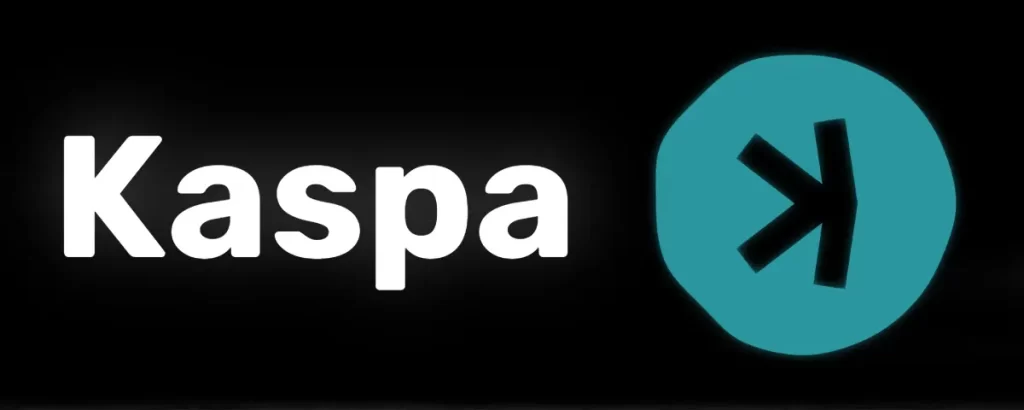
How Kaspa Solved the Blockchain Trilemma
Kaspa’s innovative approach has not only tackled this trilemma head-on but has also introduced several groundbreaking features that enhance the overall blockchain experience.
Instant Transaction Confirmation: A Game-Changer
Instant transaction confirmation is at the forefront of Kaspa’s technological advancements. This breakthrough feature not only elevates the user and developer experience but also significantly reduces transaction costs. Kaspa achieves this by drastically reducing its consensus mechanism latency. The result? Transactions are confirmed almost instantly, offering users unparalleled speed and efficiency.
Protection Against Manipulation: Kaspa’s Shield
Kaspa’s peripheral nodes play a crucial role in shielding the network from severe front-running and miner extractable value (MEV) threats. With Kaspa, users no longer need to worry about malicious miners and trading bots manipulating network activities for their gain. Kaspa’s instant block times also enable pre-trade privacy and anonymous transactions, safeguarding users from potential exploitations.
The Kaspa GHOSTDAG Protocol: Redefining Security and Decentralization
One of the most significant challenges in blockchain security is the time interval between blocks. Kaspa addresses this challenge with its GHOSTDAG protocol, ensuring that parallel blocks remain isolated. This limits the growth rate of the network while maintaining security. Decentralization is further enhanced through the GHOSTDAG consensus algorithm, which prevents any single entity from gaining control over the network.
Beyond Traditional Chains: The Power of Directed Acyclic Graphs (DAGs)
Kaspa sets itself apart from conventional crypto projects by leveraging a directed acyclic graph (DAG) structure. Unlike single-chain systems, Kaspa’s DAG allows a block to point to multiple blocks rather than just one. This unique arrangement mitigates the risk of double spending and forms the foundation of GHOSTDAG, reinforcing the network’s security.
Exploring the BLOCKDAG Visualization
For a clearer understanding of Kaspa’s innovative BLOCKDAG structure, you can explore a visual representation at Kaspa BlockDAG Visualization. This visualization demonstrates how Kaspa’s DAG operates, showcasing its robustness and efficiency.
About Kaspa Founder and Team
Dr. Yonatan Sompolinsky – Founder and Visionary

At the helm of DAGLabs stands Dr. Yonatan Sompolinsky, a luminary in the world of cryptocurrencies and distributed systems. His journey into the realm of blockchain technology began when he embarked on his Ph.D. under the guidance of Professor Aviv Zohar, his advisor and collaborator in inventing the GHOSTDAG protocol.
Dr. Sompolinsky’s rise to prominence in the cryptocurrency academic circle dates back to 2013 when he, alongside Professor Zohar, conceived the GHOST protocol. This protocol gained widespread recognition and found its place in the Ethereum whitepaper as a design goal, cementing its significance in the blockchain space.
Currently, Dr. Sompolinsky holds a post-doctoral position at Harvard University, where he continues his groundbreaking research into transaction ordering protocols and Miner Extractable Value (MEV). His tireless pursuit of innovation and expertise in the field make him a driving force behind DAGLabs’ success.
The Enthusiastic Team
- Michael Sutton – Core Developer and Distributed Systems Researcher: Michael earned his M.Sc. in computer science from the Hebrew University, where he delved into the intricacies of parallel algorithms and distributed systems. His expertise and commitment make him an invaluable asset to the DAGLabs team.
- Shai Wyborski – Kaspa Researcher and GHOSTDAG Authority: Shai Wyborski, a Ph.D. candidate at both the Hebrew University and Ben-Gurion University, is a prominent researcher in classical and quantum cryptography. His involvement in the GHOSTDAG paper underscores his significant contributions to the project.
- Mike Zak, Elichai Turkel, Ori Newman – Core Developers: This trio of Core Developers, specializing in cryptocurrency and distributed systems development, forms the backbone of DAGLabs. Their collective knowledge and skills play a crucial role in turning innovative ideas into tangible solutions.
Kaspa Network Stats: A Glimpse into Kaspa’s Impressive Growth
Kaspa, with its innovative GHOSTDAG protocol and visionary team, has not only solved the blockchain trilemma but has also demonstrated remarkable growth. Let’s dive into the numbers that paint a vivid picture of Kaspa’s current status.
Hashrate: Powering the Kaspa Network
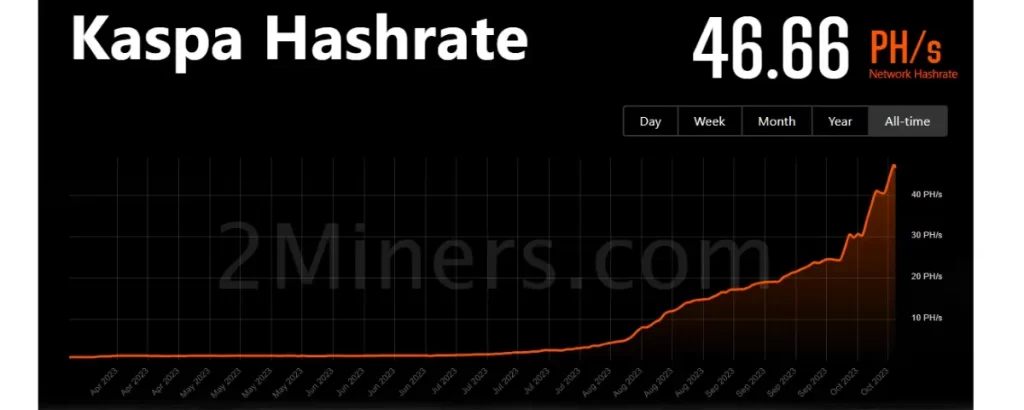
At the heart of any blockchain network lies its hashrate, a measure of computational power. Kaspa boasts an impressive hashrate of 46.66 PH/s. To put this monumental figure into perspective, PH stands for petahashes per second, which equates to one quintillion (1,000,000,000,000,000,000) hashes per second. This colossal hashrate signifies the immense computational power dedicated to securing the Kaspa network. It is a testament to the network’s robustness and its ability to handle a high volume of transactions efficiently.
Wallets and Users: The Kaspa Community Thrives
A thriving blockchain network is not just about computational power; it’s about the vibrant community that supports it. Kaspa’s community is flourishing, with a total of 234,439 wallets currently in use. These wallets represent a diverse and engaged user base that actively participates in the Kaspa ecosystem. Each wallet represents an individual or entity who believes in the potential of Kaspa’s technology and its ability to deliver on its promises of scalability, security, and decentralization.
Network Difficulty: Reflecting the Network’s Resilience
Network difficulty is a key indicator of a blockchain’s resilience and security. Kaspa’s network difficulty currently stands at an impressive 47.64 P. This value underscores the formidable computational challenge that miners face when attempting to add new blocks to the Kaspa blockchain. It reflects the network’s ability to adapt to changes in mining power while maintaining a stable block generation rate.
Kaspa’s network statistics tell a compelling story of growth and strength. With a hashrate measured in quintillions of hashes per second, a thriving community of over 234,000 wallets, and a network difficulty that showcases its resilience, Kaspa is not just a blockchain project; it’s a force to be reckoned with in the world of distributed ledger technology.
Kaspa’s Exciting Future: Upgrades on the Horizon
The DAGKNIGHT Protocol Upgrade
Kaspa is all set to usher in a new era of consensus with the introduction of the DAGKNIGHT (DK) protocol. Crafted by the very architects of Kaspa, this protocol is designed to offer heightened responsiveness while maintaining an impressive 50 %-byzantine tolerance. In simpler terms, DK is poised to be faster and more secure than its predecessor, GHOSTDAG (GD). What sets DK apart is its adaptability; it doesn’t rely on hardcoded parameters, allowing it to dynamically adjust to the network’s conditions. Users and wallets will enjoy greater flexibility, similar to Bitcoin’s confirmation requirements, ensuring a seamless and secure experience.
Transition to Rust Language
Kaspa is in the midst of a major transformation, thanks to the efforts of developer Michael Sutton, who’s leading the charge in rewriting Kaspa’s programming language from GoLang to Rust. This transition represents a quantum leap in Kaspa’s overall performance and speed. With conservative estimates suggesting speeds of around 10 blocks per second (bps), this rewrite is a pivotal step toward achieving Kaspa’s audacious goal of reaching an astounding 100 bps. Rust’s high-performance capabilities will unlock parallelism, enabling the simultaneous processing of different blocks on different CPU threads and catapulting Kaspa’s performance to unprecedented heights.
Mobile Wallet Development
Kaspa acknowledges the community’s need for a high-performance mobile wallet, and the development of one is already underway. This mobile wallet will complement the existing Kaspa wallet options, which include the web wallet, desktop wallet, and Command Line Interface Wallet. Anticipated to be completed in approximately 3-4 months, it ensures that users can seamlessly access Kaspa on their mobile devices.
Integration with Ledger
To enhance both security and user-friendliness, Kaspa is working diligently to integrate with Ledger. This means that soon, users will have the convenience of securely managing their KAS holdings on Ledger’s widely recognized hardware wallet platform. This marks yet another step in Kaspa’s journey towards creating a common and secure digital currency.
Block and Transaction Speed Improvements
Kaspa’s quest for faster and more efficient transactions continues to be a top priority. Unlike many other cryptocurrencies that adhere to regular block intervals, Kaspa takes a different approach. It allows up to 18 blocks to occur simultaneously, resulting in an impressive transaction speed of approximately one second per block. With the completion of the Rust high-performance language rewrite, Kaspa aims to elevate its block rate to around 32 blocks per second. This groundbreaking speed means that transactions and confirmations will occur instantly, eliminating the need for users to endure waiting times.
Archival Node Enhancements
Kaspa is actively enhancing communication for archival nodes, enabling them to exchange normally pruned data. This upgrade promises to provide Kaspa with a more comprehensive block explorer, allowing users to delve deeper into past transactions, extending beyond Kaspa’s standard pruning point. Archival nodes will facilitate the retrieval of extensive historical data sets, offering valuable insights into the network’s history.
Smart Contracts Implementation
While Kaspa has already earned its reputation as one of the fastest, most scalable, and secure Layer 1 Proof-of-Work cryptocurrencies, the journey is far from over. The ultimate goal is to become the go-to platform for smart contracts, DeFi, and Layer 2 applications. Kaspa envisions a flourishing ecosystem built on a rock-solid foundation, capable of supporting a myriad of decentralized applications and innovations.
These upcoming upgrades underscore Kaspa’s unwavering commitment to continuous improvement and its relentless pursuit of becoming a leading force in the blockchain industry. As these developments unfold, the potential for Kaspa to scale, enhance security, and offer even more utility will continue to grow, heralding a new era in blockchain technology.
In Conclusion
As Kaspa continues to address the blockchain trilemma with inventive approaches, we can anticipate a more secure, decentralized, and scalable blockchain ecosystem. Instant transaction confirmation, a shield against manipulation, and the GHOSTDAG protocol are just the beginning of what Kaspa has to offer.
The network’s impressive hashrate, thriving user base, and resilient network difficulty affirm its robustness and potential for exponential growth.
Furthermore, the upcoming upgrades, including the DAGKNIGHT protocol, Rust language transition, mobile wallet development, and smart contract implementation, paint a picture of a network that’s continuously evolving and pushing boundaries.
With each step forward, Kaspa is poised to lead the charge in shaping the future of blockchain technology. It’s an exciting journey, and we eagerly await the groundbreaking innovations that Kaspa will bring to the table. The blockchain landscape is evolving, and Kaspa is at the forefront, lighting the way for a brighter, more decentralized, and scalable future.
Follow Finnoweb news for more such content.
Disclaimer: The information provided in this blog is accurate as of the date of publication. Please be aware that blockchain technology and its associated developments are dynamic and subject to change. Always verify the latest updates and developments to ensure the most current information.

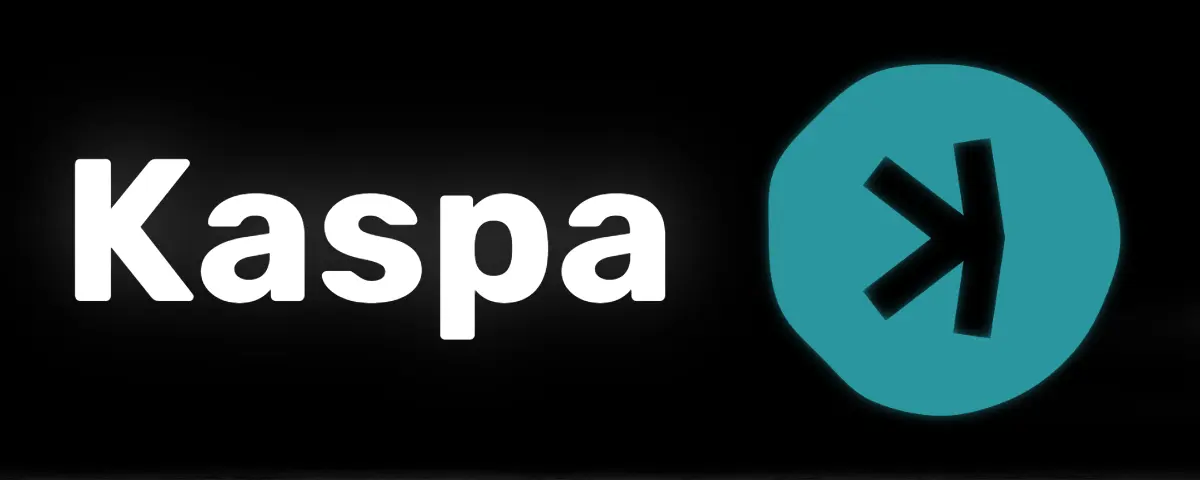
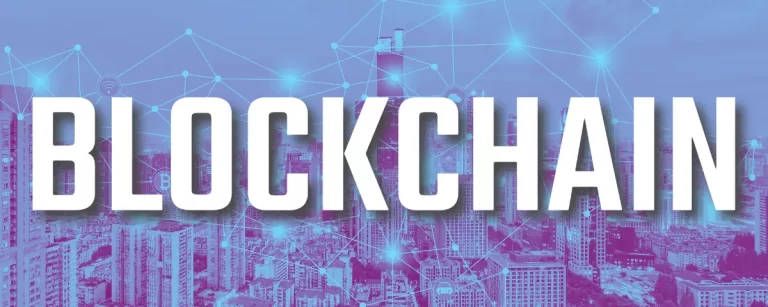
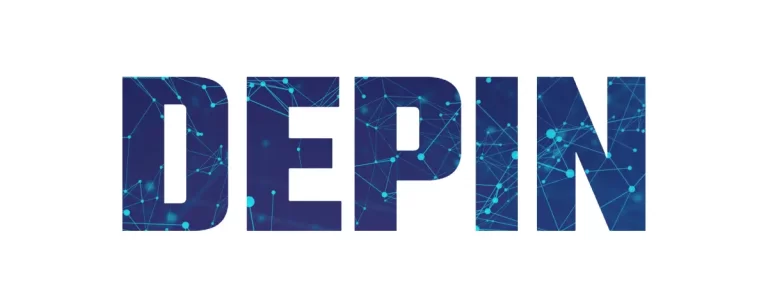






+ There are no comments
Add yours